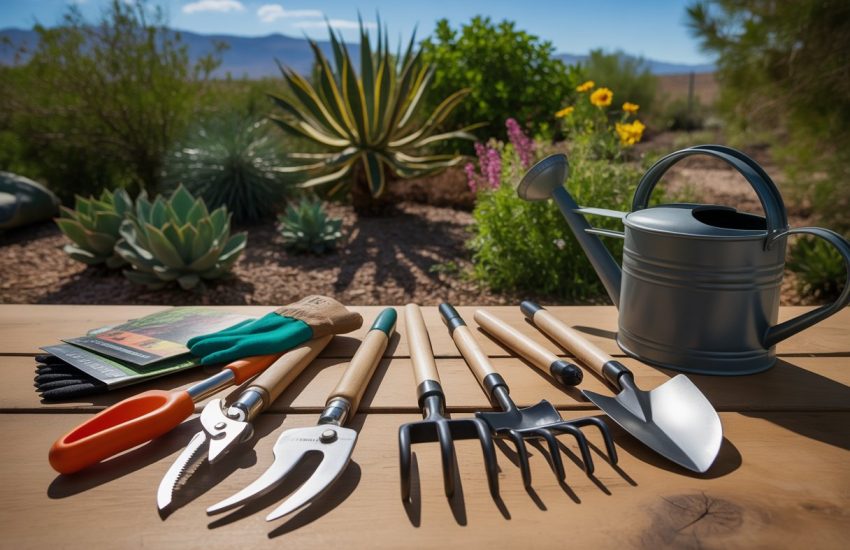How to Grow Turnip Greens From Seed
Now the summer is about to end, it is a bit harder to grow some specific greens in your garden. We know that most of the greens love summer, and they also love warm and sunny weather where they can flourish. We love harvesting fresh and delicious greens from our garden and using them in our dishes or salads. You may think that the ending of the summer might mean that we have to give up on our freshly picked greens until the following summer, yet, this is not the case with turnip greens. Unlike other greens, turnip greens love colder weather, and they can be your go-to pick during the fall.
This plant can be used in many dishes and salads, and you can use them in stews too. They are best picked out fresh, however, you can store them to use them later. There are many cooking options that could fit in with a healthy diet. Turnip greens are easy to grow and care for, and this article will help you grow them from seeds, and you will enjoy freshly picked turnip greens.
What are Turnip Greens?
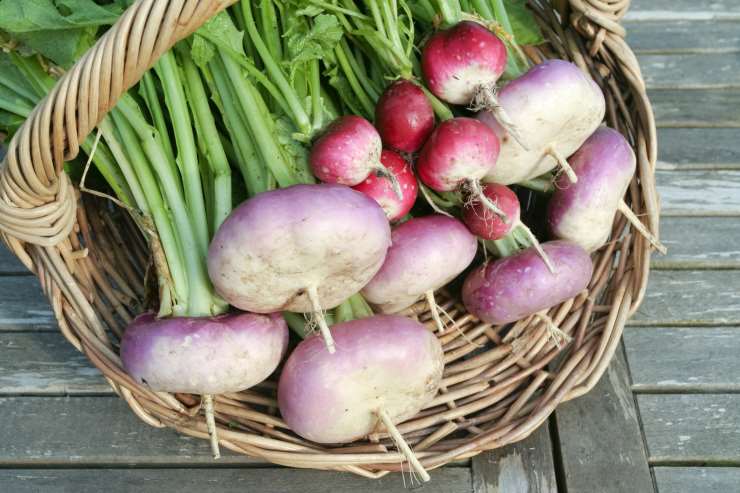
Before we get into how to plant or grow your Turnip Greens, let’s learn about them in a bit more detail for those interested. Turnip greens are green leaves that grow on top of the turnips. Many people look over them, however, they are edible, and there are many ways to use them in your dishes and salads. Turnip greens are healthy, and it is not too complicated to grow them in your garden, making it a viable option for those interested in eating fresh and organic turnip greens.
You can use them just like you use cabbage or kale. You could make a salad; it makes a good side dish, or you can use them in meat or fish stews. However, we do not recommend eating them raw because they are tough and too fibrous to be eaten uncooked. They are best eaten freshly, so if you plan to have some of your grown greens for lunch or dinner, you should pick them out fresh and use them immediately.
They taste the best when freshly picked and used immediately so that they will preserve their freshness. Still, if you have so much harvest yield that you cannot use them all on the harvest day, you can always preserve them. All you have to do is steam them and place them in a plastic bag or a zip lock bag, and you can freeze them. This way, they will stay fresh for a few months so that you can enjoy fresh and delicious greens anytime.
How to Plant Turnip Greens?
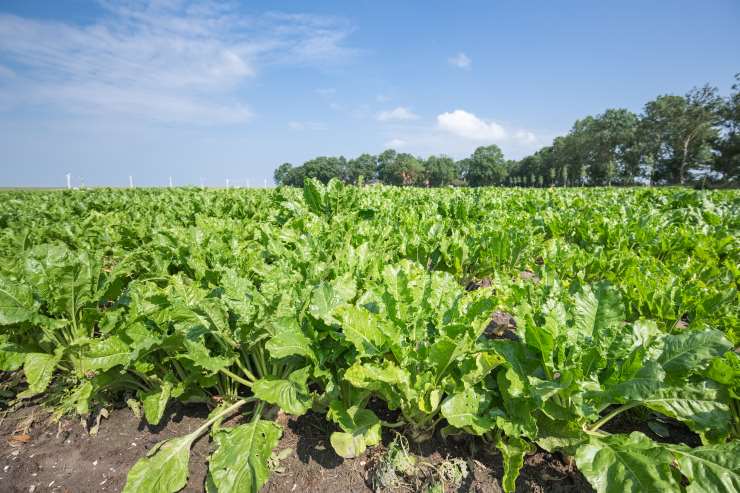
In this article, we will be primarily talking about growing turnip greens from seeds. Now, how to plant them? Foremost, you need to prepare a good planting site for your turnip greens so that they can flourish easily. You can also use a hoe to do this. Loosening the soil will help you have the right texture to plant your turnip greens. Remember that loosening the soil is quite essential, as turnip greens need well-drained soil to grow and flourish easily.
You can also plant them indoors if you want to use compostable pots. After they have grown for a bit, you can place them on the ground easily. Now, you have prepared your planting site and are ready to plant your turnip greens from seeds. You can plant one to two teaspoons of seeds in moist soil. You should plant your seeds closer to the top.
Please do not give your turnip greens too much space because it could result in your turnip greens getting diseases. So, make sure your seeds are planted close to each other. You should plant the turnip green seeds a half-inch deep, and they should be four inches apart from each other. If you want a continuous harvest and have enough cold days coming up, you can plant your seeds every one to two weeks.
How Deep to Plant Turnip Green Seeds?
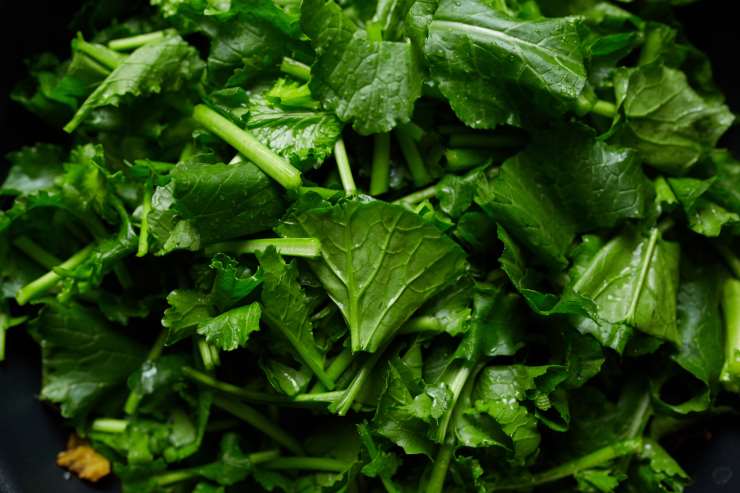
Now that you have created the right environment to plant and grow your turnip greens, the next step is to plant your seeds. But how deep should you plant the seeds? First, you should prepare the soil to create a turnip bed before you plant your turnip green seeds. As we have stated, you will need your soil ready and raked before you scatter or plant your turnip green seeds. Once your soil is set and ready to go, you should plant the seeds 10 inches deep.
You can place your seeds six inches apart and be careful not to separate them too much. If you are planting them in a container, you can let them grow together as they will not mind growing close to each other, and they can grow in small clumps.
When to Grow Turnip Greens?
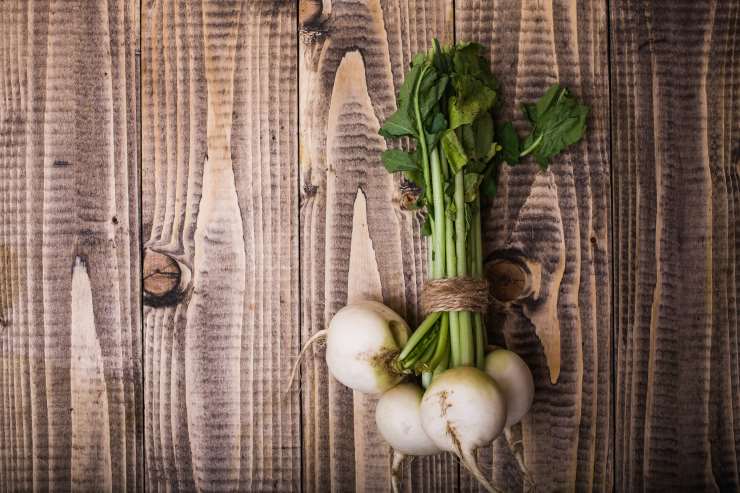
If you are interested in gardening and growing fresh greens from the seed, you know that plant time is crucial. Turnip greens are easy to grow and can grow way better in fall. Turnip greens will love long and cool nights to grow healthy. You can also grow turnip greens during spring if you plant them early enough.
On hotter days, you will get flowers sprouting from your turnip seeds instead of turnip greens, and the leaves that grow on the hotter days will most likely taste bitter. Unlike their dislike of hotter weather, they love cold weather, and they are durable greens as they will survive most frosts.
When is the Best Time to Plant Turnip Greens?
We know that turnip greens love colder weather which is when they thrive. Because of this feature, their growing time could vary according to their place. Their growing time, the yield, and many other factors are determined by both the type of turnip green and the climate of your living area. So, the best decision here is to plant your green turnip seeds.
If you think the colder days are closing in, you should plant your turnip greens. But what if you are planning for a spring or a fall harvest? You can have a late spring or summer harvest if you plant during spring. However, those days that get too hot could damage your turnip greens or make them taste a bit bitter.
Is It Too Late to Plant Turnip Greens?
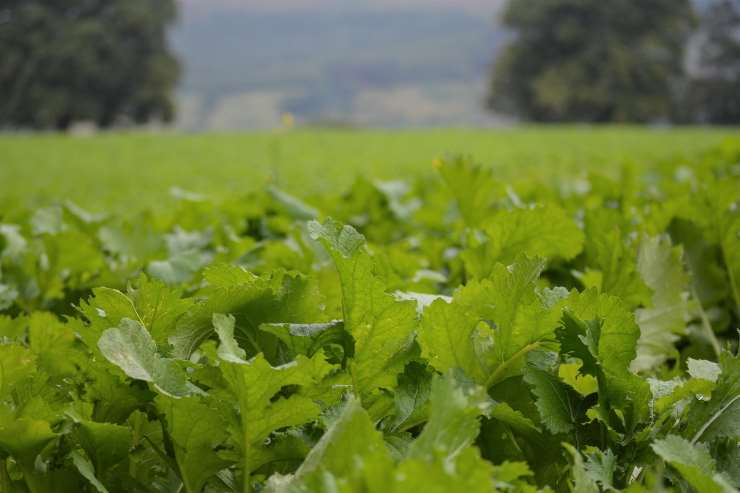
Just like we have said before, the turnip greens love cold weather. And now that the summer is about to end, it could be a good idea to plant the seeds if you want to have some fresh turnip greens in your garden. First, however, you should be careful and check the temperature from time to time and see if it will be too hot for the place you live. Once you are sure that the weather and the temperature are suitable to grow turnip greens, you can plant them.
How to Water Turnip Greens?
Turnip greens do like cold weather, and they like to stay cool. And they do not require much care. All you need to do is keep the moisture of the soil intact. You should water your soil and keep it moist and not too wet because overwatering could result in some fungal diseases, and some could be untreatable or damaging to your crops.
What are the Best Turnips to Plant for Good Turnip Greens?
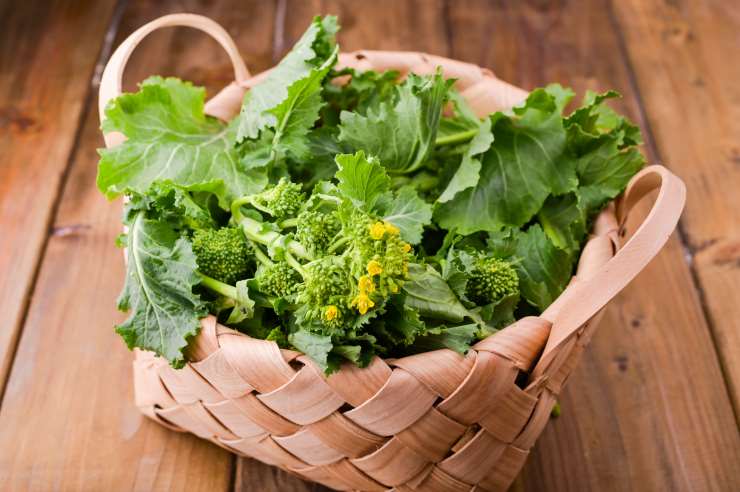
If you plant the turnips only for the fresh Turnip Greens, there are a few options. The first variety is “Alltop.” Alltop Turnip is also known as “All Top.” This variety has large leaves and small roots. If you plant them with seeds, you will be able to get your first harvest within approximately 35 days. This variety is advantageous if you are planting your turnips from seeds only for greens. Alltop variety has a very high yield and can grow its leaves back quickly after the harvest.
So, if you want loads of fresh turnip greens, you can grow Alltop turnips from seeds. The next on our list is Topper Turnip Greens. This variety is probably one of the best if you plan to grow Turnip Greens from seeds. Topper Turnip Greens will be ready to harvest just after five weeks. Topper Turnip Greens will have a large harvest, and, just like the Alltop Turnip Greens, they will regrow quickly after the harvest.
The next Turnip Green variety we will look into is Shogoin Turnip Green. Shogoin Turnip Greens have light and tender greens that make delicious salads, so they are generally planted for their leaves. If you grow Shogoin Turnips from seeds, you will also have a white root with many flavors. However, leaving this root in the soil for too long could make them firm, but the leaves will preserve their freshness and flavor.
How and When to Harvest and Store Turnip Greens?
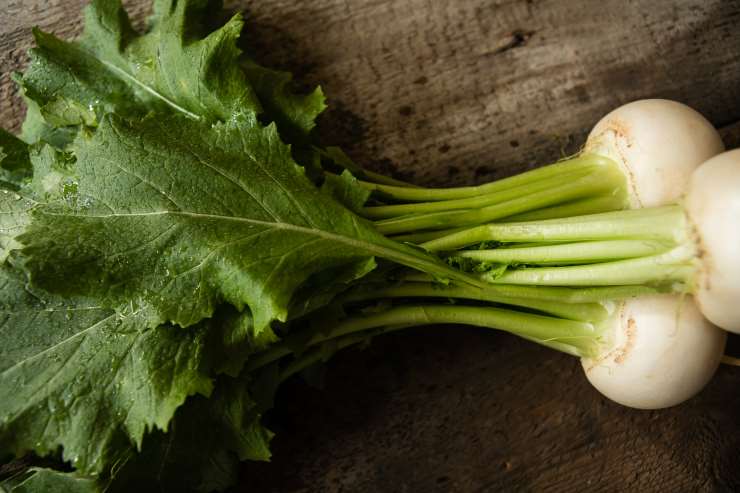
When picking out fresh turnip greens from your garden, you can pick the leaves one at a time or use a sharp knife to gather bigger pieces of them. Try not to root your turnip greens because if you leave the roots in the soil, new turnip greens will grow out of them. Another tip is to harvest them early in the morning because they taste better when they are harvested early.
After picking them out, wash them well and remove the soil. You can wash them in a big bucket to clean them thoroughly. You should pick them out or cut them right before cooking them, so they will stay fresh and taste good. However, you can still store them in your fridge. We know that they do not handle hot weather well, so if your weather forecast tells you that it will be hot for the next few days and you want to rescue your turnip greens (especially start of the summer), you can harvest them all.
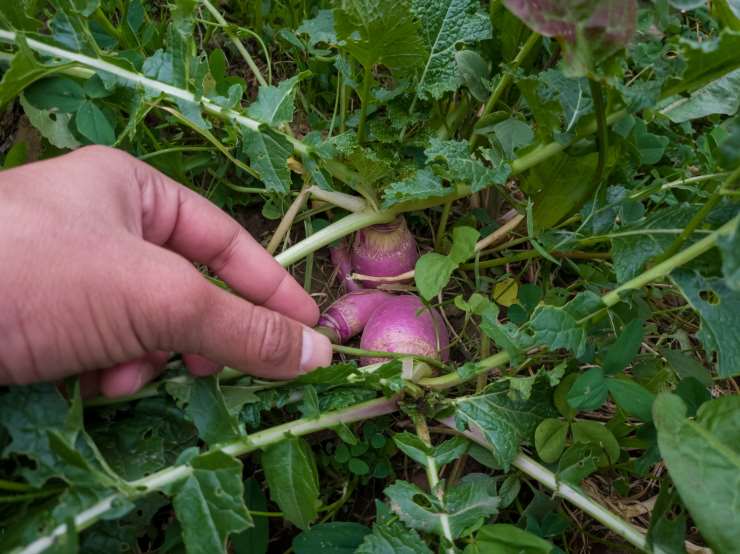
If you have too much to cook during the next few days, you can wash them well and steam them. After that, you can freeze them to use them over time or whenever you need them. You can store them for up to 4 months if you have a suitable place to store them. They could dry out if you do not keep them in a secure plastic bag.
What are the Good Companion Plants for Turnip Greens?
If you want to grow turnip greens in your garden, it probably means you love them. But just like we love the taste of turnip greens, rabbits love them too! So, if you want to keep your fresh and yummy turnip greens for yourself, there are a few things you can do.
There are a few good companion plant options to keep your precious turnip greens safe from animals, and these are garden vegetables. To deter some animals from eating your turnip greens, you could grow some bush beans or green peas next to them, or such aromatic plants as mint or basil are some choices to go. Thanks to these fragrant herbs, your fresh turnip greens won’t be ruined by deer or rabbits.
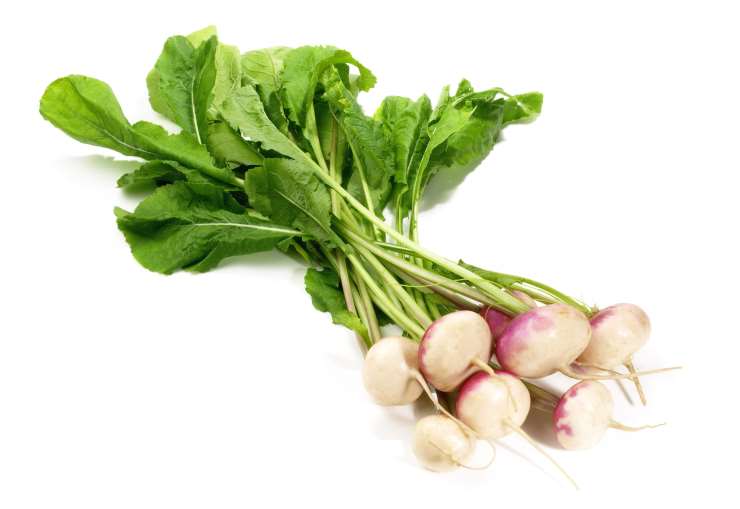
We have talked about some good companions for your turnip greens. However, if you are growing your turnip greens from the seeds, there is a bad companion option as well. As potato and turnip greens have similar features and need the same nutrients from the soil, planting them together could hinder both their growth and health. So, it is best not to plant or grow them too close to each other as you will not get the best outcome.
What are Common Turnip Diseases and How to Cure Them?
If you want healthy turnip greens, you are careful about some common and destructive turnip diseases so you can have yourself some healthy turnips and turnip greens. If you are into gardening, you probably know some many pests and diseases could damage the leaves of your plants, and in our case, we want our Turnip Greens to be healthy. So now, let us look into some diseases that can damage your Turnip Greens.
Alternaria Leaf Spots
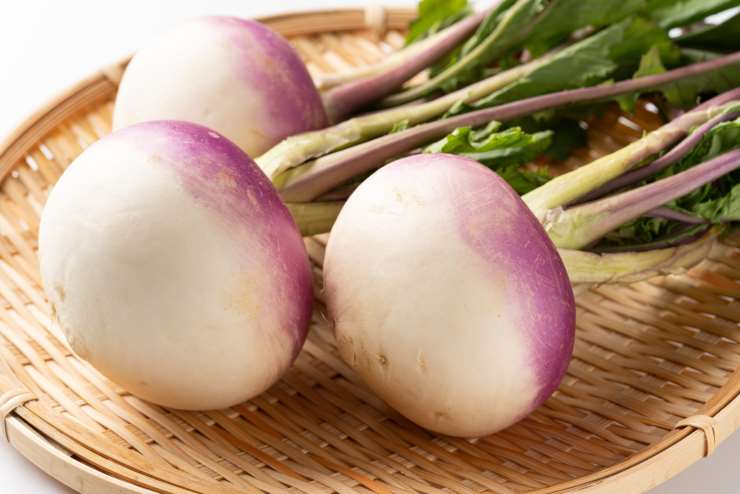
If you are growing turnip greens from seeds, you will mainly want to have healthy leaves on your greens. Sadly, this fungal disease affects turnips and can severely damage the greens of your turnips. When your turnip greens start to have dark brown or black spots on their leaves, this could be Alternaria Leaf Spot. Of course, none of us will want to deal with this kind of disease as we have been taking care of our turnip greens since they were little seedlings.
So, although this disease is not always treatable, if you spot it soon enough, you might be able to do something about it. These spots on leaves could spread to stems, and the infection damages the plant. If you do not treat it correctly, you could have a decreased yield and low-quality harvest. This fungus spreads easily through water, winds, and tools and prefers hot, humid environments. It can live in the soil for a long time, so it would be best to root your plant if you think it will not get better.
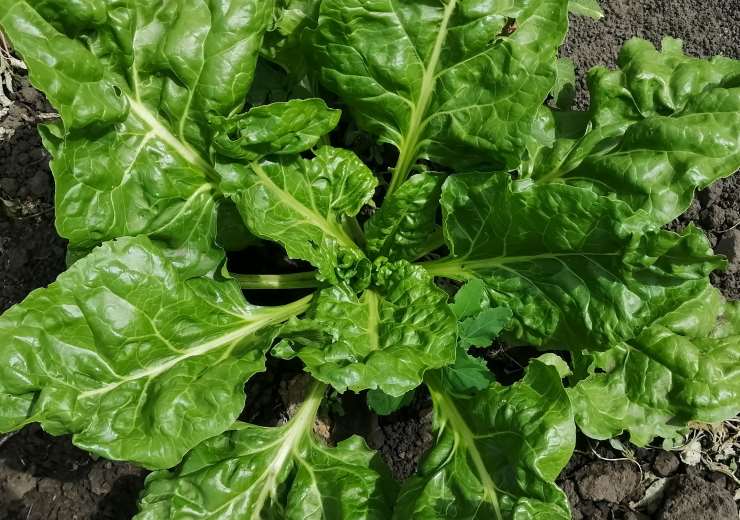
If you are planting your turnip greens from seeds, you should first make sure the seeds you are getting are disease-free. You should plant your seeds in well-drained soil, and you should make sure they get enough sunlight. You should treat this disease with fungicides the moment you spot it, and if it is too late, you should not replant your seeds to the exact same soil as the disease can stay in the soil.
White Spots
The white spots on the plant’s leaves could indicate white spots. High humidity could be one of the main reasons for this disease. Some weather conditions like rain and the wind can be the main reasons for the spread. However, it also could come from the seed itself. If you do not let your plant dry off from the previous watering session, your plant could develop this fungal disease.
To prevent this disease, you should ensure that you have planted disease-free seeds, but you should not harvest diseased plants if you suspect the seeds are diseased. You should monitor your plants regularly to ensure they do not have fungus. If you see indicative white spots, it would be best to apply fungicides regularly to hinder the disease from developing further. Another important part is that you should not let the leaves of your plant wet as water is the main way fungal infections spread.
Turnip Mosaic Virus
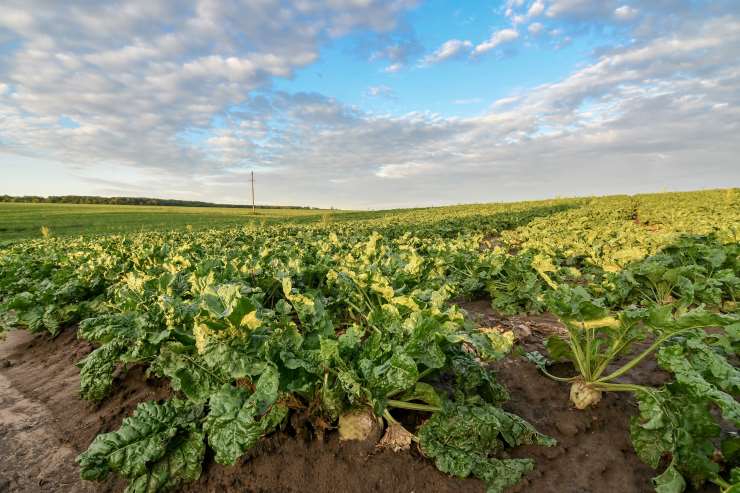
This virus affects numerous other plants; however, it is most damaging to turnips as they are more susceptible to this virus when compared to other plants and vegetables. This virus causes yield loss if your plant is infected later in the season. If your plant catches this virus during the earlier times of the season, it can damage your plants. Unlike the first few diseases, this virus affects the whole plant.
The implications of the disease could vary from plant to plant, and it can change according to the growth rate of your plant. On the younger plants, light green lesions will appear on the leaves.
As we have stated before, this virus can be damaging and hard to cope with. However, you can still do some things to save your plants. Firstly, you can determine the host weeds that could be susceptible to this virus and root them if you have them close to your plants. The next part is getting rid of the aphids in your garden with the proper insecticide.
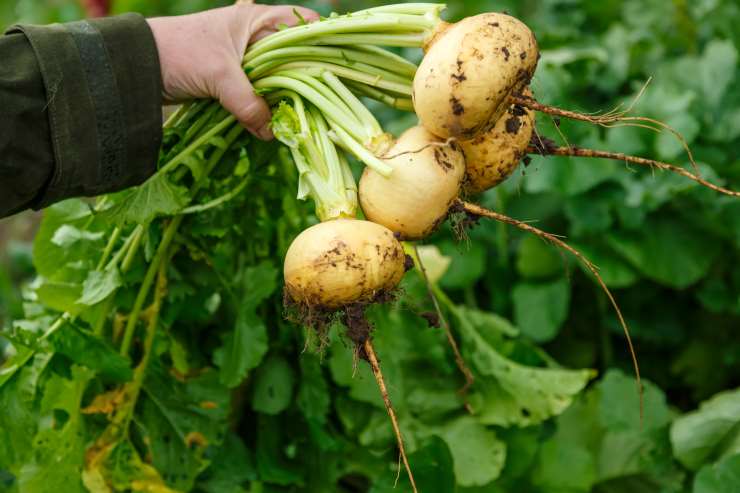
Flea Beetles
We have talked about numerous viruses and fungal diseases affecting your plant. However, some insects can damage your plant and affect its health badly. One of them is Flea Beetles. Flea beetles will love your plants. They used to be called “turnip flies” because they love this particular plant. It is kind of hard to spot them among all the vegetation and soil, however, the white spots and the holes on your plant’s leaves will give them away.
You can get rid of them with the right insecticide spray. As a result of this fungal disease, your seedlings can die right after germination. Just like the other few fungal diseases, this one also results from excessively wet soil. To prevent this fungal disease, you will need to use pathogen-free seeds. You can use fungicides to cope with this disease.
Conclusion
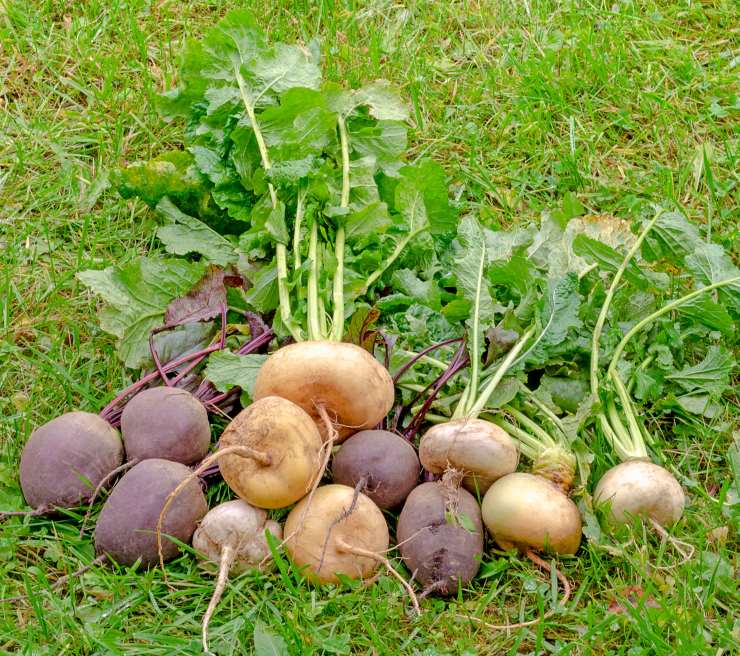
In this article, we talked about how you can grow your turnip greens from seeds. If you love gardening or picking out fresh greens from your garden to use in your dishes or salads, this plant will be a good option for you. Their durability in colder weather makes them an excellent option, especially if you want to have them for fall or winter. This plant is also quite easy to take care of, so even as a starter gardener, you can grow and care for them without any problem.
Some things to be careful about, like not overwatering it and checking up on your plants regularly to ensure they do not get fungal infections or diseases. Other than that, it is an easy plant that you can grow from the seeds and enjoy your fresh salads with these greens.
You may also be interested:
What is the Difference Between Compost and Fertilizer?

